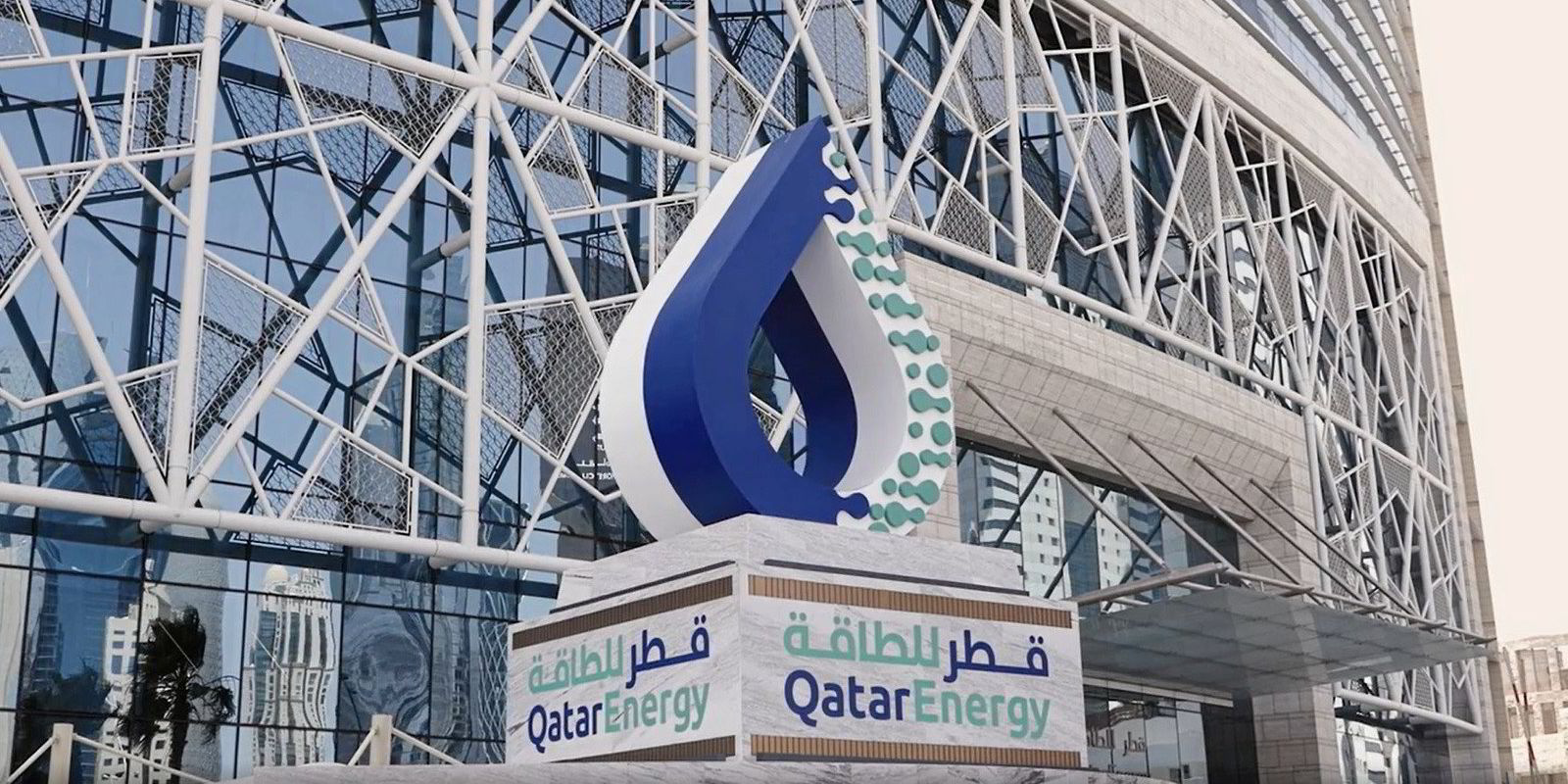Final approvals of new LNG export plants are being put on hold today by the US government leaving over 110m tonnes of planned and permitted new liquefaction in limbo, possibly until after the presidential election on 5 November.
US Energy Secretary Jennifer Granholm told reporters the Department of Energy (DOE) will conduct a review that will look at the economic and environmental impacts of projects seeking approval to export LNG to Europe and Asia.
She said the review will take months and then will be open to public comment.
US president Joe Biden said: “During this period, we will take a hard look at the impacts of LNG exports on energy costs, America’s energy security, and our environment.”
Biden said the pause “sees the climate crisis for what it is: the existential threat of our time”.
The move, which was hotly trailed this week, is being linked to pressure from environmentalists who have been lobbying against approving Venture Global’s planned 24-mtpa Calcasieu Pass 2, or CP2 plant, in the US Gulf which is being assessed by the Federal Energy Regulatory Commission (FERC).
The anticipated block on LNG development is sending waves of concern through the global LNG industry.
But Granholm is reported as saying: “We are committed to strengthening energy security here in the US and with our allies,” with members of her administration saying exemptions for national security reasons could be made under the new plan.
Europe has pivoted towards US LNG imports following Russia’s moves to cut off pipeline gas to the region in the wake the invasion of Ukraine in February 2022.
The expected move by the US could slow a large number of upcoming LNG projects which are in the pipeline, although the DOE said only four with export approvals pending would be affected.
FERC first permits LNG projects and then passes them to the DOE for approval.
Speaking on a webinar this week, Poten & Partners senior LNG analyst Sergio Chapa detailed that there are 17 projects in the US, Canada and Mexico comprising about 111m tonnes per annum of LNG that are currently fully permitted.
Chapa pointed out that this amounts to more than double the US’ current LNG production and is equal to what is already under construction in the region.
He said some of these projects have been on the books for years and are seeking extensions on their permit deadlines, but more recently US regulators — the Department of Energy and FERC — have been slow to grant these or issue new permits.
Tightrope walking
In this US election year, Chapa said the Biden administration is trying to balance the environmentalists who want to stop or limit these LNG projects with energy security advocates who argue that the US needs to supply its allies with natural gas and other forms of energy.
Chapa said normally these permits — which follow years of review — are issued if projects are in the public interest.
But he said the concern in the LNG industry is that the Biden administration will change how it interprets this to include climate change and other factors such as natural gas pricing.
Chapa detailed that there are currently two projects seeking permit extensions that have already undergone lengthy waits.
He said another three have their FERC permits but are waiting on DOE for non-free trade agreement approvals. But these have already sold large LNG volumes to Europe and Asia.
In addition, he said there are a further 16 projects comprising a total of 129 mtpa that are waiting for both FERC and DOE permits.






